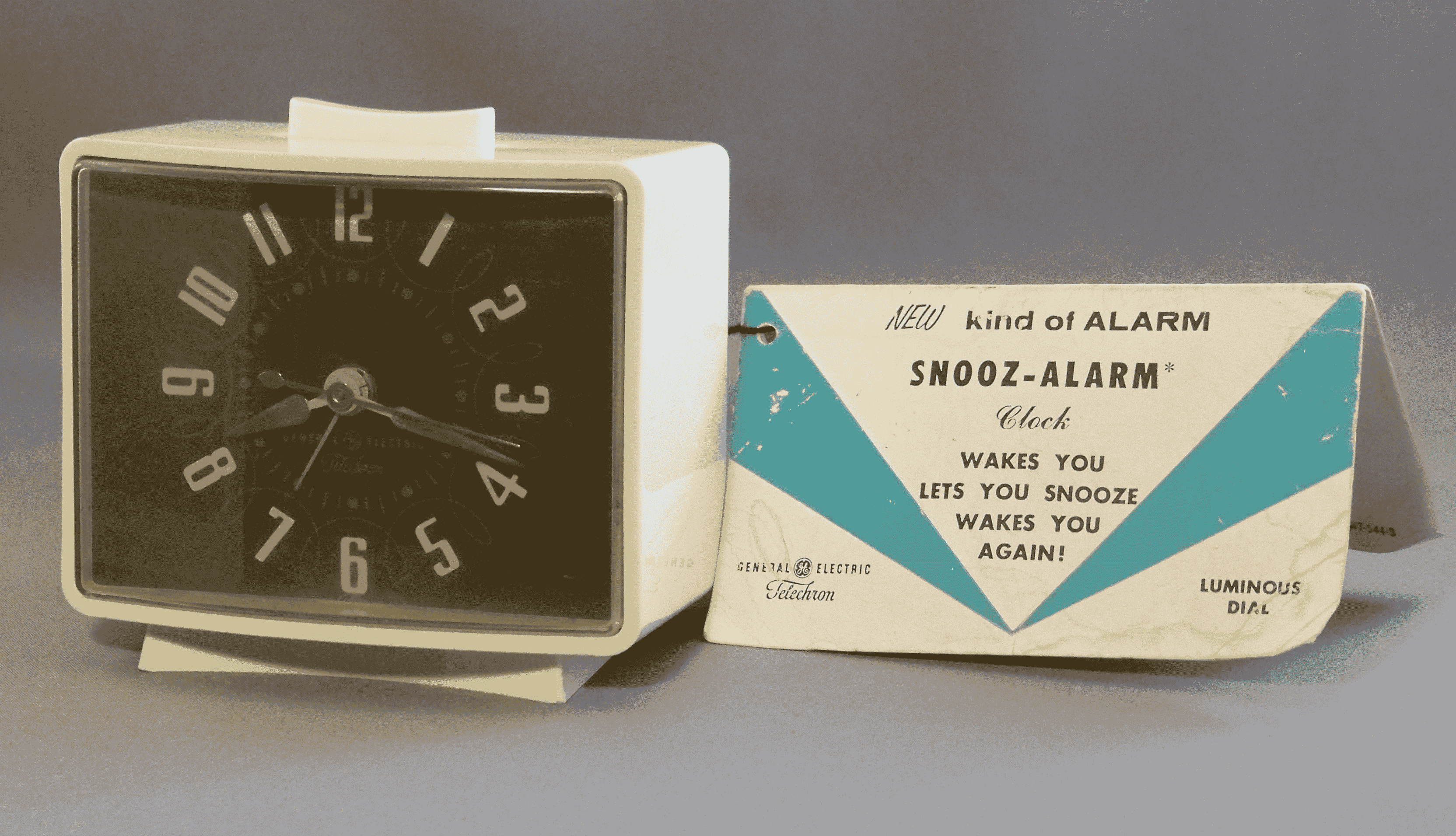Snooze Time of Alarm Clocks
Many alarm clocks, including the iPhone, have a default snooze time of 9 minutes. Why?
The answer can be found in the hardware design of classic alarm clocks. The first known alarm clock to introduce snoozing was General Electric-Telechron's Snooz-Alarm (1956). At the time, it was designed with mechanical gears that the alarm would ring again after one gear revolution. Engineers found two gear teeth combinations that would be just over 9 minutes or almost 11 minutes. They went with the first option; the developers figured that if the alarm went off at just over 9 minutes, the person would wake up around the 10-minute mark. Ringing the alarm early rather than risking the morning routine was safer. Clinical psychologists also say that sleeping longer than 10 minutes can lead to deep sleep, making it much harder to wake up. This decision became the de facto standard and has stuck to this day.

Many other examples of arbitrary standards have survived to this day due to the temporary constraints of technology. Examples include the QWERTY keyboard, the Gregorian calendar, and the 29.97 frame rate standard for television.